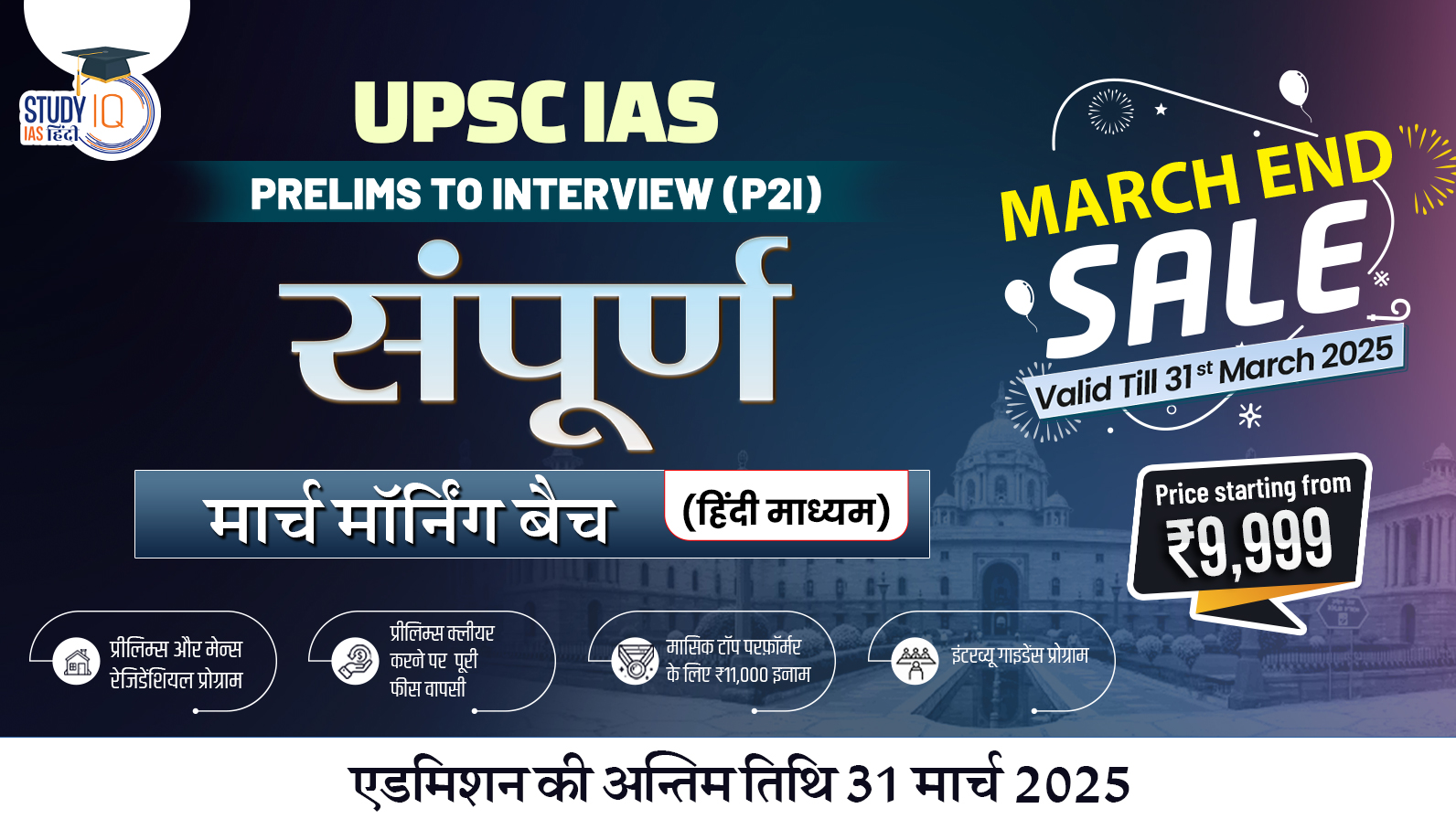Table of Contents
Introduction
Citizen’s Charter is a document outlining the government’s commitments to the public regarding the services it provides or plans to provide. Its primary goal is to make administration more citizen-centric, empowering individuals by closing information gaps and promoting transparent, accountable, and citizen-friendly governance.
Following are the reasons for ineffectiveness of Citizen’s Charter in India:
- Issues with design & implementation : Unclear vision, absence of critical information, poor definitions, lack of grievance redressal mechanisms etc. make charter useless for the public.
- Lack of statutory support: Citizen’s Charters are not supported by any law and are thus nonjusticiable, making it mere formality.
- Lack of consultation: Stakeholders like end-users, civil society organisations and NGOsare not consulted when charters are drafted.
- Lack of monitoring & periodic review: Charters are not updated regularly, making it a one-time exercise with no change over decades.
- Linguistic gap: Most charters are prepared either in English or Hindi with very less emphasis on translation in vernacular language. Even translated charters contain linguistic errors, creating confusion.
- Lack of awareness: Inadequate publicity, complex terminologies, illiteracy etc. make citizen charter unknown to the public.
Following are the changes suggested for the same:
- 2nd Arc has recommended – (a) Mention only deliverable promises; (b) Compensation for not meeting the set standards c) Consultation with all the stakeholders etc.
- Clear vision statement: Citizen’s Charter should carry a clear statement of vision framed after a Specification of time-frames.
- Specification of quality standards: Charter must indicate the specific quality standards to which organisation is committed. This will enable citizens to keep the organisation accountable.
- Information about processes to access services: Efforts must be made to translate charter in local language. Charter must provide information about procedures involved in obtaining the service and facilitate the citizen to obtain it.
- Grievance redressal: Charter should encourage the citizens to complain their grievances and organisations should aspire to redress these. Charter should clearly lay down the grievance redressal procedures.
In addition to the above measures some of the best practices can be followed. For instance, Charter Mark (UK), Malcolm Baldrige model (USA), the Sevottam model of the postal department can be replicated in other departments. This will make Citizen’s Charters an effective document for good governance
| Related Post | |
| UPSC Mains GS 1 Question Paper 2024 | UPSC Mains GS 1 Analysis 2024 |
| UPSC Mains Essay Question Paper 2024 | UPSC Mains Essay Analysis 2024 |
| UPSC Mains GS 2 Question Paper 2024 | |


 India’s Deep Sea Technology, Need and ...
India’s Deep Sea Technology, Need and ...
 Daily Quiz 29 March 2025
Daily Quiz 29 March 2025
 Women Safety in Public Spaces, Related I...
Women Safety in Public Spaces, Related I...





















